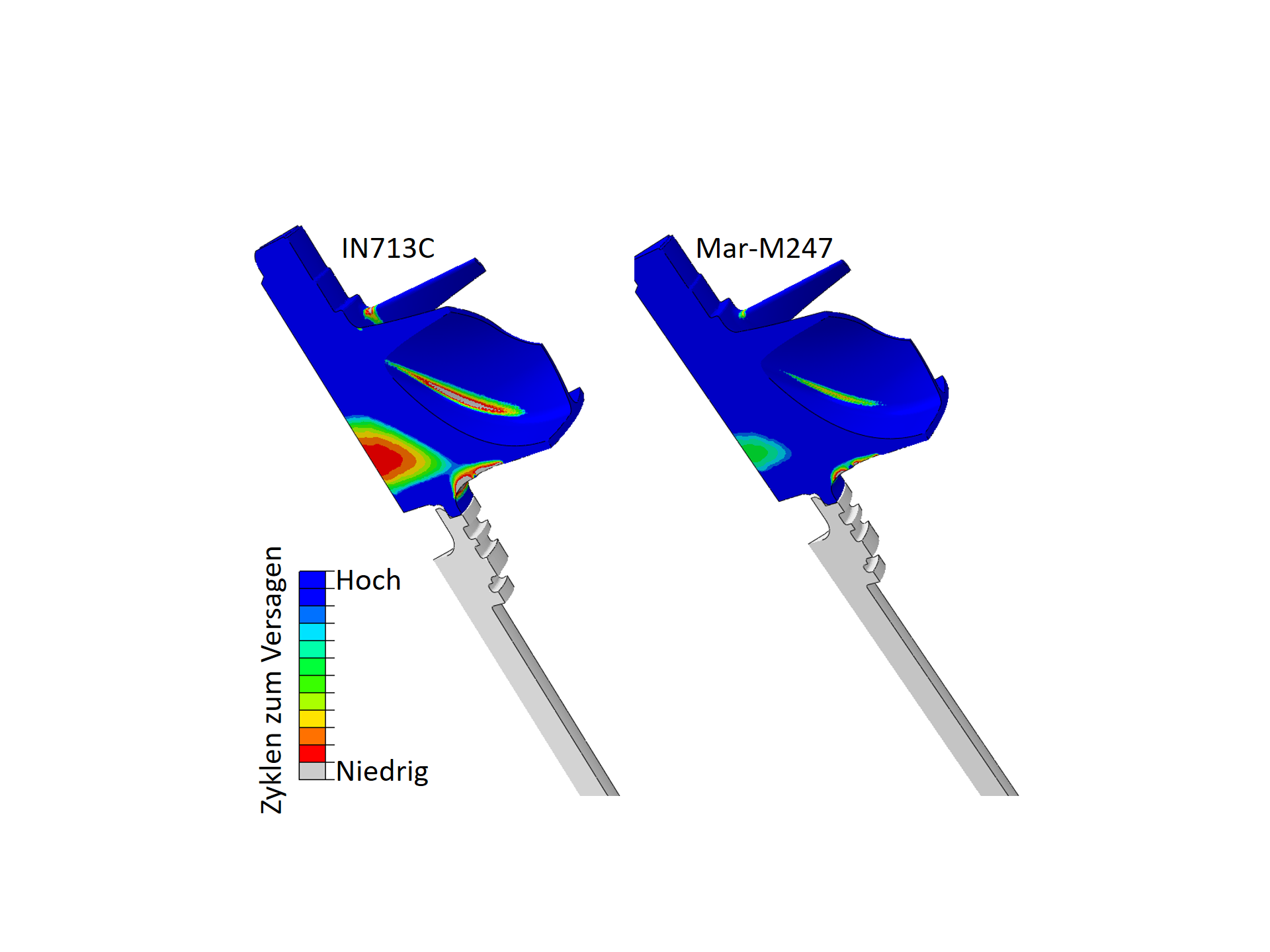Latest developments of the ThoMat computational software
The ThoMat computational software is permanently undergoing further development and being adapted to suit users’ needs in order to provide them with the latest research findings. The latest developments relate, in particular, to being able to quantify the influence of microstructural changes in the material and their effect on the deformation and lifetime behavior of a component in operation. Model extensions for materials with asymmetrical stress-strain relationships, such as those for gray cast-iron materials, have also been integrated successfully and are in industrial use. Current research activities focus on the assessability of components that are subject to complex load cycles or have steep load gradients.
Attention has also been paid in the development of the ThoMat computational software to efficient implementation and its parallelization.
Manufacturers of the commercial finite element programs ABAQUS and ANSYS have also developed deformation models for cyclical changing plasticity under thermomechanical load. These include the key equations from the ThoMat computational software, so that the model parameters can be shared.
to top
 Fraunhofer Institute for Mechanics of Materials IWM
Fraunhofer Institute for Mechanics of Materials IWM